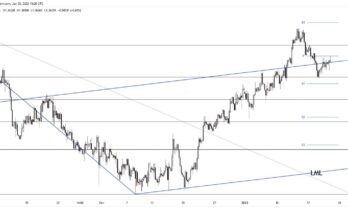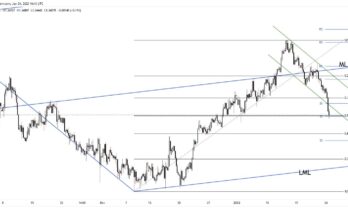Friday’s very weak Non-Farm Payroll figures will put downward pressure on the US dollar. Weak US data means that the US dollar is likely to fall in value. With weak global growth and especially concerns about China, the US economy is demonstrating that it is not immune to problems outside America. With the US economy not as strong as previously expected, a rate rise is unlikely in 2015. With no US rate rise now likely until the early part of 2016, the Euro, Sterling, Swiss Franc and Yen should benefit.
The US currency’s downside should have limits as central banks in the Eurozone and Japan want to see continued weakness in their currencies to boost growth and inflation. Therefore, near-term dollar weakness against the Euro and Yen will prompt further easing measures by the European Central Bank and Bank of Japan in the coming months to cap their currencies gain.
Over the past few months, the US dollar has stagnated against the Euro and the Yen – currencies which have behaved as haven assets and strengthened against emerging -market and commodity-based currencies such as the Australian and Canadian dollar.
The US dollar has been remarkably strong over the last year or so as the currency has been boosted by strong US growth and policies in Europe and Japan encouraging weakness in the Euro and the Yen. Strong growth in the US was to be the catalyst in driving US rates higher this year but with recent weak employment figures showing only 142,000 jobs being created versus expectations of over 200,000 a rate rise for the first time since 2006 has now been delayed to 2016.



